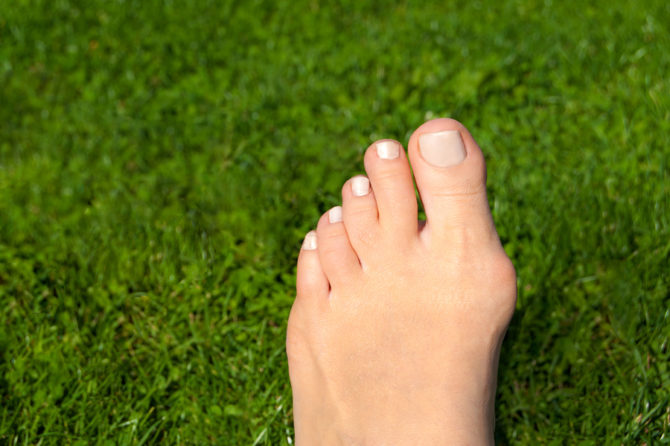
What is a Bunion?
If you see a bony bump at the base of your big toe and your big toe is pushing toward your second toe, you may have a bunion. A bunion, also called Hallux Valgus, forms when the joint capsule and tissues are stretched, allowing for an abnormal motion of the toe. Over time, the bunion will be “track bound” or unable to be moved back into the anatomic position.
Bunions are usually the result of inheriting a biomechanical instability. This could be flat feet, tight calf muscles, excessive flexibility of the ligaments, or abnormal bone structure. Arthritic conditions such as gout, rheumatoid arthritis, and psoriatic arthritis can also affect bunion formation. While tight shoes don’t cause bunions, they can accelerate the process.
Bunion pain is characterized by a dull ache. Though additional pressure from shoes can lead to a deeper, burning pain. While not all bunions hurt, they can lead to other issues such as bursitis, hammertoes, and other forefoot conditions.
As soon as you notice a bunion forming, you should visit a podiatrist. They will complete a baseline assessment and suggest treatments and preventative measures to stop the bunion from worsening. If you begin experiencing pain from your bunion, a podiatrist can help with that too. Bunions sometimes occur during juvenile years, and those should be checked at the onset.
Your podiatrist may recommend padding the bunion, wearing wider shoes, and utilizing custom orthotics to help control loose joints. Injections for pain and mobility are also available. Joint alignment can also be restored through surgical correction.
If you have a bunion or suspect one is forming, call the FAAWC today to schedule an appointment.
